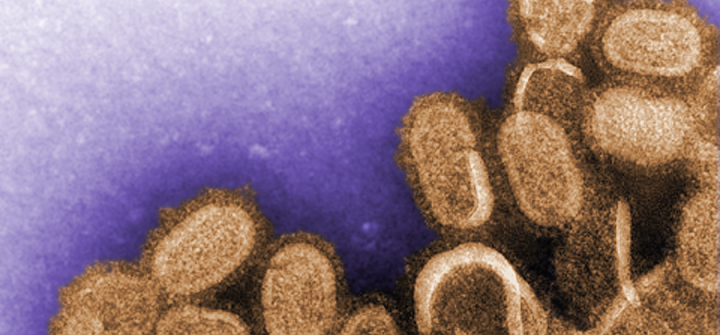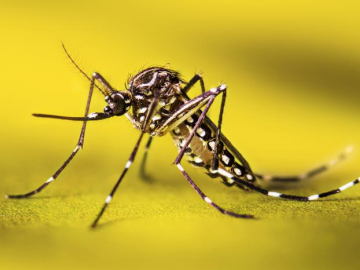Flu Prepping: A Q&A with Andrew Pekosz, Part II
The recent surge of H7N9 avian flu cases in humans in China has caught the attention of global public health authorities. How significant of a concern is this particular outbreak? How likely is it that this virus will wreak global havoc? In this second part of the GHN interview, Andrew Pekosz, director of the Center for Emerging Viruses and Infectious Diseases at the Johns Hopkins Bloomberg School of Public Health, offers some answers to these and other questions. (In case you missed it, here is the link to Part I).
Why isn’t the H7N9 avian flu virus that seems to be surging in China in this recommendation? Its 5th epidemic has infected more than 460 people since last fall.
That epidemic is really focused completely in people coming in contact with infected poultry. There are minimal reports of human to human transmission with that virus.
What we don’t know yet is why there is such a significant increase this year in H7N9 cases. It may just be chance. It may be the virus changed and became more effective at infecting poultry. Or worst case scenario, it is more effective at infecting humans. We’re in the middle of trying to figure that out right now.
Given the potential effects of an H7N9 pandemic, wouldn’t it be prudent to include that virus in a vaccine?
That would be difficult at this time because it would take away production facilities currently dedicated for production of the vaccine for seasonal influenza, which we know will happen next winter as it always does.
There has been significant work done on an H7 vaccine in the past few years. Many scientific agencies, including the US NIH, WHO, and European science agencies have recognized the potential risk of H7, and international research projects have generated candidate vaccines for that virus. It turns out to be a tricky virus because it doesn’t work as well as most other strains of influenza when you turn it into a vaccine. There has been significant work done to make it a more effective vaccine through adjuvants or multiple inoculations.
That’s where basic science research helps us in preparation for a pandemic. If we thought we could make an H7 flu vaccine as easily as we can with seasonal flu, we would have been wrong. We can make effective H7 vaccines but they need to be modified. We wouldn’t have known that unless we began basic research studies on it several years ago in preparation for its potential risk.
What number of cases of H7N9 or event would make you worried?
It all comes down to sustained human to human transmission. Getting the virus from poultry is one thing. Having a close relation or maybe a health care worker acquire it from a patient is another thing, but sustained transmission outside of a hospital setting would be the real bellwether that something has changed about this virus and it is starting to become a very significant risk.
And the one thing you can count on with viruses is they will change.
Right, exactly. That even applies to seasonal flu. Some of our efforts really show a lot of change happens in seasonal flu that may be impacting the disease potential of the virus. It’s going on all the time.
When we think of flu epidemics, our reference point is the 1918 flu. How likely is a repeat of a pandemic of that scale?
There are a lot of societal and economic factors that contributed to the 1918 pandemic which we certainly don’t have today.
A world at war.
Right. The soldiers in army camps as means of helping spread the virus initially. The general lack of antibiotics to deal with secondary bacterial infections, which are a common cause of very severe disease. And the health of populations has improved tremendously. I think it’s unlikely we will ever see another pandemic [like that], but we certainly expect to see more flu pandemics that are severe. In 2009, we were fortunate that the virus wasn’t very virulent. It didn’t cause excessive amounts of disease. There are a lot of viruses like the H7 that can be expected to cause a high number of serious illnesses.
But you’re still able to sleep at night?
Yes, I still am.
(In case you missed it, read the first part of the Q&A here).
This colorized negative stained transmission electron microscopic (TEM) image shows recreated 1918 influenza virions collected from supernatants of 1918-infected Madin-Darby Canine Kidney (MDCK) cells cultures. CDC/Cynthia Goldsmith





